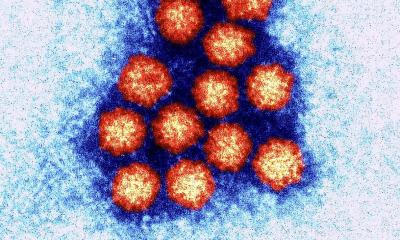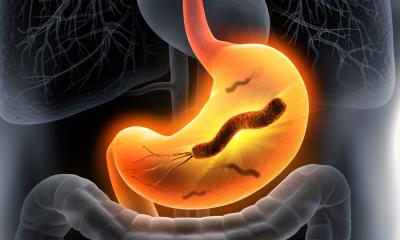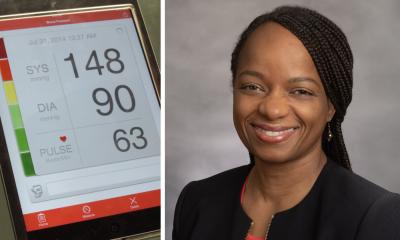Adolescent drug abuse becomes a significant public health problem
After the media got all excited about the teenage trend of coma drinking, people seem to get used to the sight of alcopops in childrens hand. Studies document this new trend of “letting the youth have their concept of fun” in the long run: drug abuse disorders are already causing higher death rates in young adulthood.

Among the 870 adolescents, researchers noted 21 deaths, or about 2 percent of the group, at an average age of nearly 25 years. Fourteen of those deaths occurred in males with substance abuse disorders (SUDs), or more than 10 percent of that group. Among African-American males with SUDs, 23 percent had died by the age of 25. Males with SUDs in this study group had a mortality rate far in excess of the rate of 137 per 100,000 reported for young adult males in the U.S. general population. Socioeconomic status was not a significant predictor of survival time. Causes of death for the young adults in the study ranged from homicide and suicide to drug overdose and motor vehicle accidents.
"The fact that these were, to an extent, predictable deaths raises additional concerns about the hazards of alcohol and drug problems in teens and young adults," said Duncan B. Clark, M.D., Ph.D., associate professor of psychiatry and pharmaceutical sciences at the University of Pittsburgh School of Medicine and director of the Pittsburgh Adolescent Alcohol Research Center at the Western Psychiatric Institute and Clinic of UPMC.
"Adolescents may not be oblivious to the risks their behaviors pose. Previous studies have shown that many teens who engage in alcohol and drug use and other high-risk behavior believed they would die within two years. "Unfortunately, this insight on the part of some teens apparently does not eliminate these problem behaviors," said Dr. Clark. "Effective interventions need to be developed to prevent these predictable deaths in our young adults."
27.06.2008










